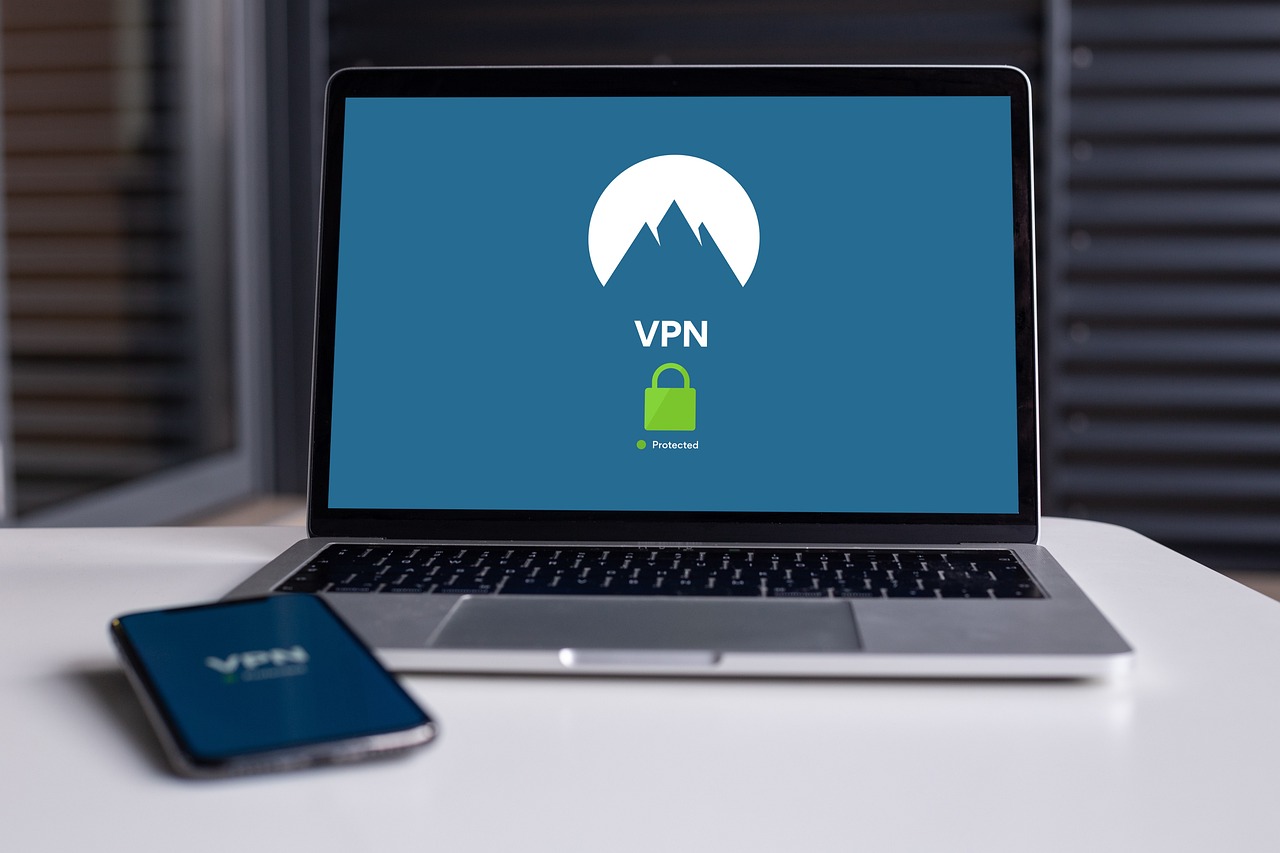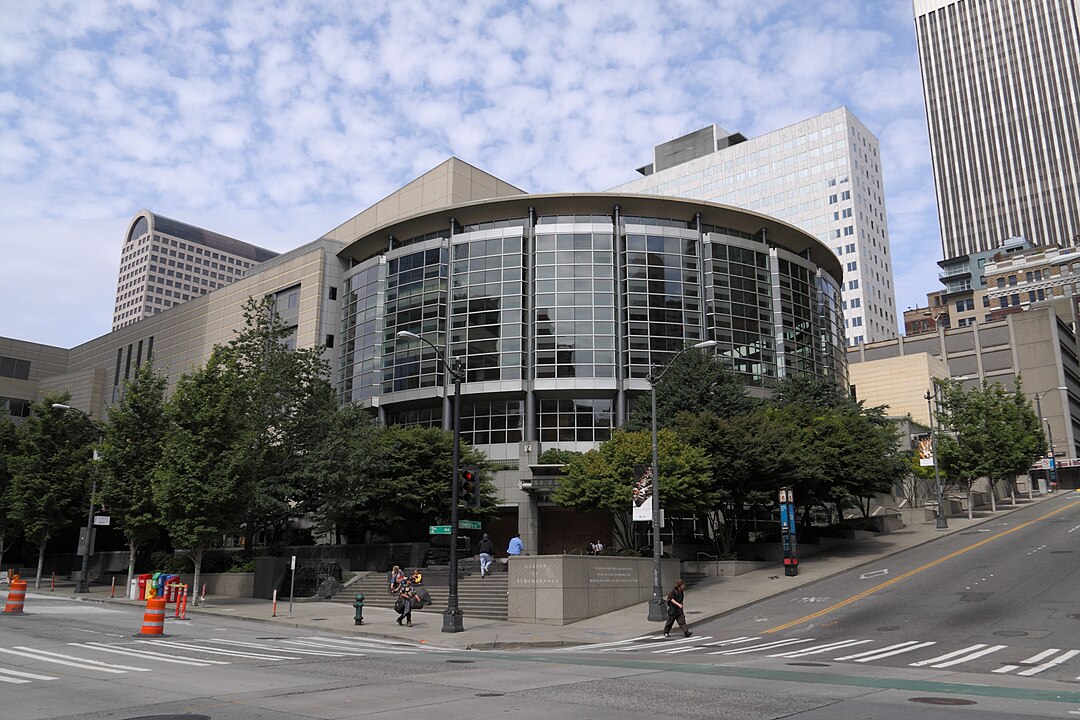Remote work normalized monitoring tools, and many employers kept them. Studies now cite notable adoption of “bossware” that logs keystrokes, sites, and sometimes screens, while privacy regulators urge transparency about what is captured and why. Much of this software is legal when disclosed, yet covert use erodes trust and distorts how productivity gets measured. The patterns below blend technical tells with workplace context, helping separate routine security from intrusive oversight without alarmism or guesswork.
New Background Apps Or Extensions

Fresh icons in the system tray or menu bar, unfamiliar processes in Task Manager or Activity Monitor, and add ons that appear in a browser without notice often point to monitoring tools. Names may resemble time trackers or analytics suites, and services can respawn after a reboot. When software arrives with no ticket or rollout note, especially on a managed device, it likely came through remote administration. Legit tools are usually announced and documented, not hidden in scheduled tasks.
Browser Says “Managed By Your Organization”

Modern browsers display a “managed” message when policy controls or forced extensions are active. That banner is common for safety, such as locking updates or configuring certificates, yet the same controls can enable activity logging. If new rules land without an explanation, and extensions cannot be removed, centralized monitoring may be in play. Transparent teams publish what policies do, who can view the data, and how long it is kept, which removes guesswork about ordinary web use.
Persistent VPNs Or New Certificates

Always on corporate VPNs can route all traffic through inspection points, and newly installed root certificates allow encrypted sessions to be decrypted and reviewed. Security teams use these paths to block malware or leaks, but the same plumbing can capture browsing content and patterns. A device that insists on a specific VPN, or prompts to trust unfamiliar certificates, may be sending traffic through filters. Clear notices, narrow scope, and visible contacts distinguish protection from surveillance.
Screenshots, Pop Ups, And Odd Flickers

Periodic screen flashes, brief dimming, or momentary cursor freezes can indicate remote screenshots or capture sessions. Undeclared bossware and stalkerware often leave crumbs, such as altered settings, phantom windows, or resource spikes at regular intervals. On laptops, fans may ramp while idle as reports compile. A repeating pattern of small glitches tied to work hours is more telling than any single event. When support cannot explain the cadence, background capture becomes a fair hypothesis.
Mobile Anomalies And Battery Drain

On phones, hidden monitoring shows up as faster battery drain, data usage that does not match activity, and background apps with vague names. Devices may wake on their own, microphone or camera permissions may reset, and a management profile may block uninstall attempts. Companies can enroll devices for legitimate administration, but covert tools often bypass app stores and lack a simple dashboard. Logs that show constant background activity, even when idle, warrant a closer look.
Performance Reviews Citing “Activity Scores”

Review language can reveal the tool behind the scenes when managers cite idle time, activity scores, or window focus rather than outcomes. Bossware tallies clicks and cursor motion, so deep reading, phone calls, or creative work can look unproductive. Overreliance on these metrics narrows behavior to what software can see. Healthier practices emphasize results, context, and quality, and they explain any monitoring up front along with retention windows and access rules.


